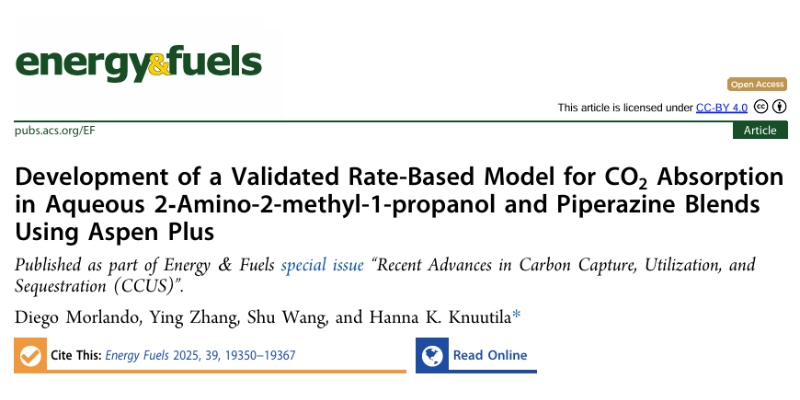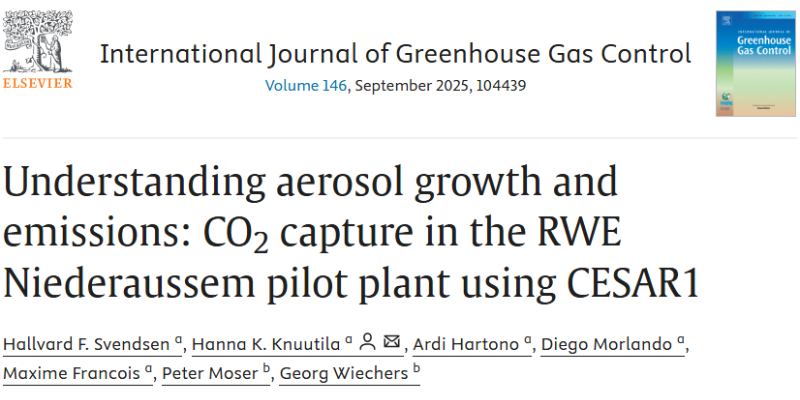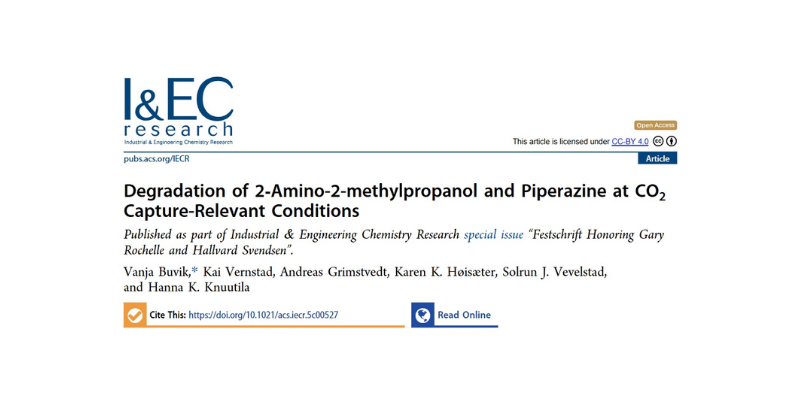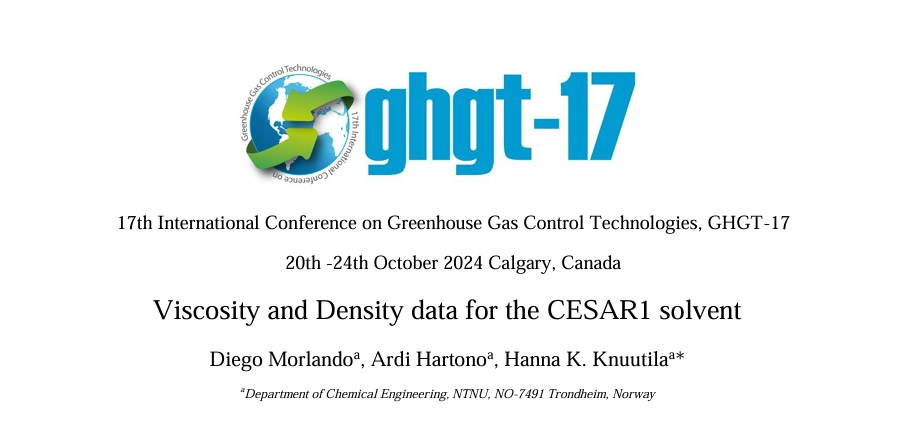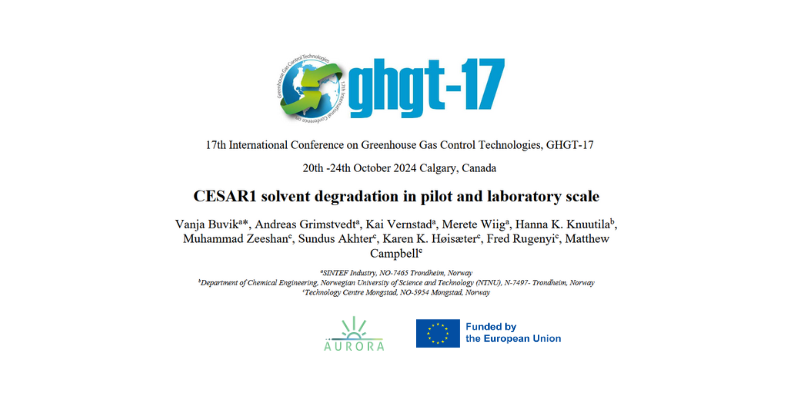The final step in capturing and storing carbon dioxide (CO₂) emissions is geological storage, where CO₂ is injected deep underground into carefully chosen locations. These locations could be natural formations like saline aquifers (underground reservoirs filled with salty water) or empty oil and gas fields.
This work, part of the AURORA project, focuses on finding the best underground storage sites for CO₂ emissions in the Mediterranean region. Scientists used well-established methods, similar to those adopted in countries like Norway and the UK, to carefully evaluate and select suitable sites. The results were compared to previous studies of the same areas to ensure accuracy.
Why the Adriatic Sea is a Focus
One key target area for CO₂ storage is the Adriatic Sea, which stretches from northern Italy (near Venice) to southern Italy (the Gulf of Taranto). This region has:
- Proven geological formations that can trap CO₂ securely. These are the same formations where natural gas and oil have been extracted since the 1950s.
- Deep saline aquifers and empty gas fields that are ideal for CO₂ storage.
- Existing infrastructure like pipelines and facilities for gas management, which could be reused for transporting and storing CO₂.
- Industrial centers nearby, which are sources of CO₂ emissions that need to be captured.
The Adriatic Sea is geologically significant because it was shaped by the movement of tectonic plates over millions of years. This movement created underground “traps” where gas, oil, or CO₂ can be stored safely. Similar storage opportunities also exist in neighboring regions like Croatia.
Other Regions of Interest
Beyond the Adriatic Sea, southeastern Europe has other promising locations for CO₂ storage, including:
- The Balkan region (e.g., Greece, Croatia, and Romania).
- Specific areas like the Mesohellenic basin in Greece, which contains large deep aquifers and empty oil fields with an estimated CO₂ storage capacity of up to 700 gigatons (a gigaton is one billion tons).
How Sites Were Evaluated
To identify the best storage sites, researchers used a two-part approach:
- Geological Assessment: They evaluated the underground formations to see if they are suitable for storing CO₂ securely and for a long time.
- Technical and Economic Evaluation: They assessed whether the site could realistically be developed, considering costs, infrastructure, and commercial readiness.
The methods used align with those in other European projects. This ensures the results are consistent and comparable across countries, helping standardize CO₂ storage site selection across Europe.
The AURORA project is helping identify and evaluate the best underground storage sites for CO₂ emissions in the Mediterranean. The Adriatic Sea stands out because of its geological suitability, existing infrastructure, and proximity to major industries. By standardizing methods for site selection, this research will help Europe move closer to achieving large-scale, safe CO₂ storage—an essential step in tackling climate change.
Publication – Development of a Validated Rate-Based Model
Abstract In this work, we developed a new e-NRTL thermodynamic framework for CO2 absorption in aqueous mixtures of 2-amino-2-methyl-1-propanol (AMP) and piperazine (PZ) in Aspen Plus. The e-NRTL AMP/PZ/H2O/CO2 model was fitted on experimental data covering a range of AMP concentration from 12 to 48 mass % and PZ concentration…
Publication – Pilot-scale CO2 capture in a cement plant with CESAR1
Abstract Carbon capture from hard-to-abate industries is essential. This study investigates the effect of stripper pressure on the performance of amine-based CO2 capture from cement flue gas, using the CESAR1 solvent. Through a rigorous data filtering and binning methodology, experimental results were systematically categorized, enabling a precise evaluation of how…
New Publication: Aerosol Modeling in CO2 absorption using CESAR1
We are proud to announce that Hallvard F. Svendsen, Hanna K. Knuutila, Ardi Hartono, Maxime Francois and Diego Morlando at NTNU, together with external collaborators Peter Moser (RWE) and Georg Wiechers (RWE) have published a new article presenting results from the AURORA and SCOPE projects.The publication introduces a new class-based…
Thermodynamic Properties of CO₂ Absorption in CESAR1 — Essential Data for Better Process Modelling
We are proud to announce a new scientific publication from the AURORA project, authored by Diego Morlando, Ardi Hartono and Hanna K. Knuutila, published in Carbon Capture Science & Technology. This important work provides extensive experimental data on the thermodynamic properties of CESAR1, a key solvent blend for industrial carbon…
Journal Publication – In-Depth Study of CESAR1 Solvent Degradation Under CO₂ Capture Conditions
A new scientific publication based on research from the AURORA project has just been released in the journal Industrial & Engineering Chemistry Research. This study delivers an in-depth analysis of the degradation behaviour of the CESAR1 solvent —a popular choice for solvent-based post-combustion CO₂ capture.This work, developed under the AURORA…
Conference publication – GHGT-17: Viscosity and Density data for the CESAR1 solvent
Abstract Global warming is a major issue that needs to be addressed and limited. The CESAR1 solvent blend has a high potential for becoming a commonly employed, commercial solvent system. In this work, the viscosity and density data for aqueous CO2 loaded CESAR1 (26.6 wt.% AMP 12.8 wt.% PZ) solution…
Conference publication – GHGT-17: “Storage potential evaluation of eastern Mediterranean area as final step of the full chainassessment”
The final step in capturing and storing carbon dioxide (CO₂) emissions is geological storage, where CO₂ is injected deep underground into carefully chosen locations. These locations could be natural formations like saline aquifers (underground reservoirs filled with salty water) or empty oil and gas fields.This work, part of the AURORA…
Understanding Solvent Degradation in CO₂ Capture – CESAR1 Solvent Degradation in Pilot and Laboratory Scale
The fight against climate change requires innovative solutions, and one promising method is CO₂ capture and storage (CCS). CCS involves capturing carbon dioxide from industrial emissions before it reaches the atmosphere. At the heart of this process are specialized chemical solvents, such as CESAR1, which absorb CO₂ from flue gases.While…
Turning Waste Into Opportunity: Thermal Reclamation Chemistry of Common Amine Solvents
CO2 capture technology is vital for reducing greenhouse gas emissions. But what happens when the chemicals used in this process wear out or degrade? Scientists have been studying how to rejuvenate these chemicals through a method called thermal reclaiming. This research focuses on ethanolamine (MEA), a widely used solvent for…
Closing Knowledge Gaps – Density and Viscosity of Unloaded and CO2-loaded Aqueous AMP-PZ blends
AURORA’s latest scientific journal publication provides experimental density and viscosity data on different unloaded and CO2-loaded aqueous blends of 2-amino-2-methyl-1-propanol (AMP) and piperazine (PZ) used for absorption-based CO2 capture. The paper also provides correlations for density and viscosity suitable for various modelling works.In our previous review article, we identified knowledge…


